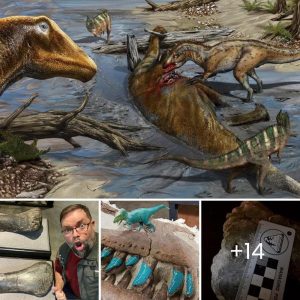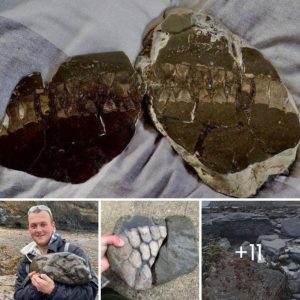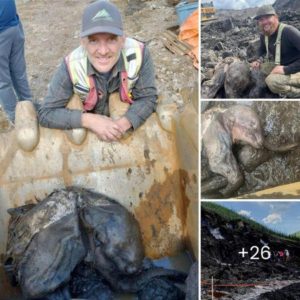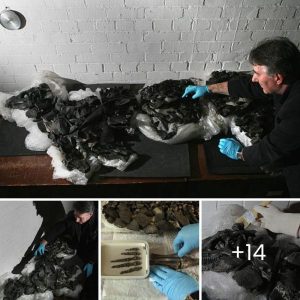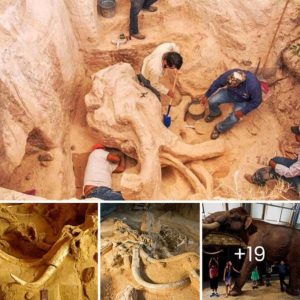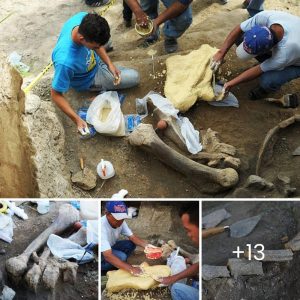The discovery of a deep hole containing neatly arranged skeletons has sent shudders through those who walk near it. However, the story takes a fascinating turn when we delve into the historical context of this eerie find.
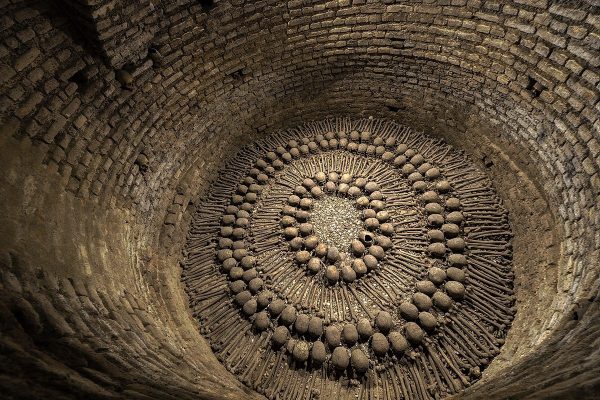
In 1546, the construction of the Basilica and Convent of San Francisco commenced, and the catacombs became an integral part of the design.
These underground chambers were built to support the convent in the event of an earthquake, a constant threat in the region. The catacombs were carefully constructed to provide stability and protection, ensuring the safety of the inhabitants above ground.
During the Spanish colonial era in Peru, the catacombs served as the primary cemetery for the city of Lima.
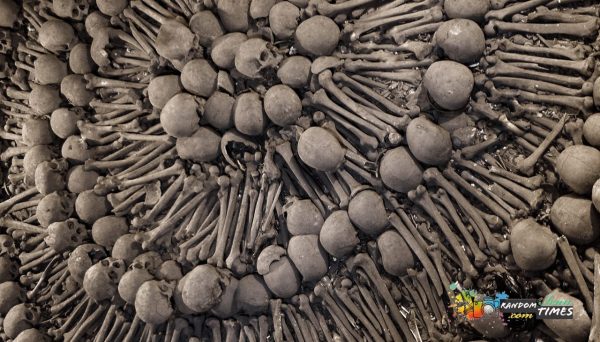
Approximately 25,000 individuals, spanning from common folk to the wealthy and influential, found their eternal abode in these hallowed grounds. The catacombs became the final resting place for diverse lives, making it a unique and historically significant site.
The use of the catacombs as a cemetery came to an end in 1810, following the Peruvian War of Independence.
General Jose de San Martin, a key figure in Peru’s fight for independence, banned the use of the cemetery, leading to the closure of the catacombs. For many years, the existence of these underground passageways remained forgotten until their serendipitous rediscovery in 1951.
The catacombs beneath the Basilica and Convent of San Francisco are not limited to the convent grounds alone.
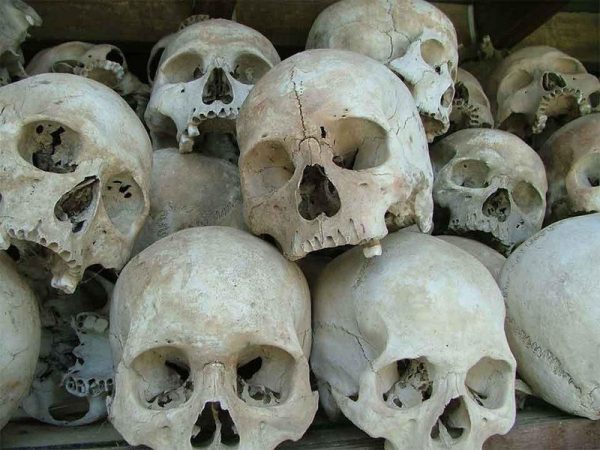
They stretch beneath Lima, connecting various landmarks such as the Government Palace, the Legislative Palace, and the Alameda de los Descalzos on the other side of the Rímac River. These interconnected tunnels served as a means of transportation and communication, linking important buildings and providing a hidden network beneath the city’s surface.
Despite attempts to map the entire complex in 1981, the true extent of the catacombs remains a mystery. The underground labyrinth extends beyond imagination, eluding comprehensive exploration and documentation.
The tunnels that lead to different points in the capital’s center continue to intrigue historians and archaeologists, leaving them with the daunting task of unraveling the secrets hidden within the dark recesses of the catacombs.
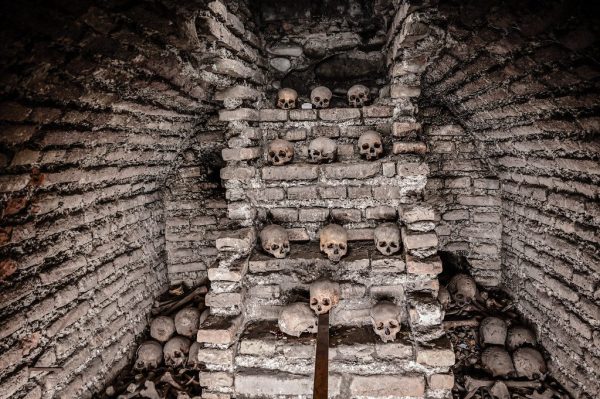
During explorations of the catacombs, a crypt believed to have served as an ammunition depot was unearthed. Another hypothesis suggests its connection to the Desamparados Church, built by Viceroy Pedro Antonio Fernández de Castro, 10th Count of Lemos.
This crypt and other chambers within the catacombs contained not only human remains but also valuable artifacts and treasures, hinting at their purpose beyond being a mere cemetery.
Experts commissioned by the Peruvian State believe that the catacombs served as a means of protecting the area’s locals against piracy and safeguarding valuable possessions.
